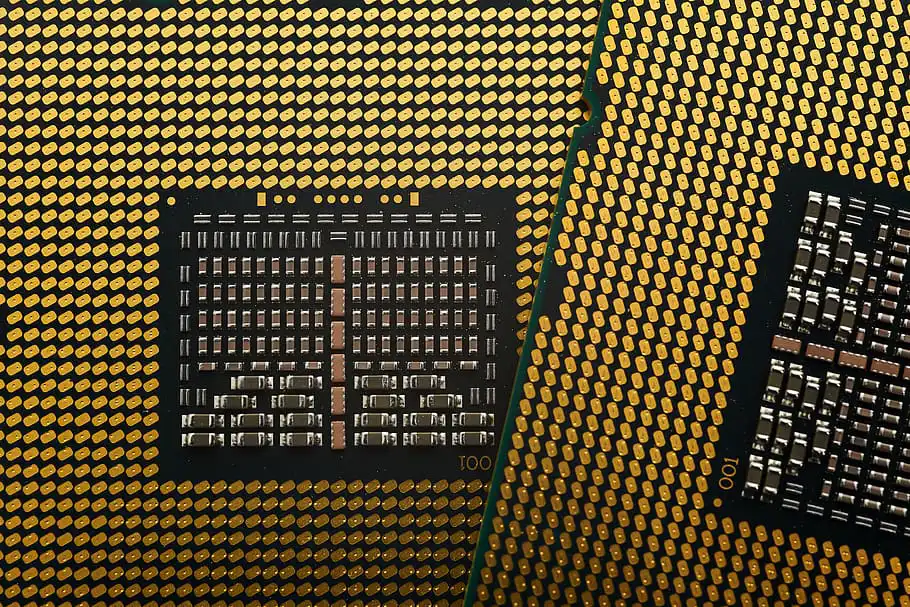Artificial Intelligence (AI) and Machine Learning (ML) have emerged at the forefront of cybersecurity. This viewpoint comes from none other than Gary Keesee, chief security officer at Cisco. Keesee believes cybersecurity professionals can't simply rely on their skills and experience. These traditional tools must give way to a more technologically advanced approach with AI and ML.
Keesee justifies this claim by showcasing the current volume of cybersecurity threats. He posits that human experts alone can't analyze them all within a reasonable timeframe. The sheer size of the internet, along with the rate at which new threats appear, demands a more sophisticated approach.
According to Keesee, AI and ML are integral to modern cybersecurity. Expert-driven threat detection is no longer sufficient. Keesee believes that we can enhance human capability with AI and ML tools for threat detection and response.

These AI and ML tools, as per Keesee, could sift through huge volumes of data faster and more accurately than a human ever could. They provide insights and analysis beyond human speed and accuracy. Hence, they serve as vital complementary tools in cybersecurity.
Keesee, however, doesn't expect a complete transition to AI and ML in cybersecurity. Some areas within cybersecurity would still need human judgment and insight. The key is to strike a balance between automated threat detection and human analysis.
One primary task for AI and ML is to handle the large volume of mundane and routine checks. This frees the human cybersecurity professionals to focus on complex investigations and strategic planning. Automation allows these professionals time to address issues that machines can't fully comprehend.
The primary role of AI and ML in cybersecurity is to augment human intelligence, not replace it. They serve as tools to optimize human capabilities. According to Keesee, the right balance of AI, ML, and human expertise would yield the best results.
However, Keesee also warns about the double-edged sword of AI and ML. These tools not only aid cybersecurity professionals but also cybercriminals. Since AI and ML can be used for malicious purposes, cybersecurity efforts must continuously adapt and evolve.
He emphasizes that cybercriminals now use sophisticated attacks, which aren't detectable via traditional means. Hence, AI and ML are vital not just for an advanced cybersecurity approach, but also as a necessary response to evolving cyber threats.
Deep learning, a subset of ML, could help in identifying such intricate threats. Deep learning could analyze patterns and anomalies better than other tools. Therefore, it could help to identify and prevent cyber-attacks more effectively.
Keesee also points out that, despite their potential, AI and ML are not a panacea. Every tool, including these, has limitations and vulnerabilities. Hence, evolving cybersecurity also involves identifying and managing these vulnerabilities.
While AI and ML can manage vast data, they can't wholly replace human intuition. Human cybersecurity experts can understand the context better and are invaluable to complex investigations. Going forward, the role of human experts within cybersecurity would continue to be pivotal.
The cybersecurity landscape is constantly evolving, notes Keesee. As with any industry, businesses and individuals must stay vigilant and adaptable. New tools and approaches often bring new challenges and vulnerabilities. A proactive approach prevents these challenges from growing into threats.
Keesee also emphasizes the importance of public-private partnerships in countering cybersecurity threats. Governments, businesses, and individuals must work together for holistic cybersecurity. A solitary approach would not suffice, given the global nature of cyber threats.
He suggests implementing structured cybersecurity training programs. These would help populate the industry with professionals adept at handling modern threats. Enhancing the cybersecurity workforce with trained professionals is a necessary response to escalating cyber threats.
Keesee advocates for more comprehensive cybersecurity legislation. Such formalized procedures can raise cybersecurity standards across the board. They can also ensure more uniformity in cybersecurity practices.
It is critical to integrate cybersecurity into business operations, says Keesee. Cybersecurity isn't a separate entity but an integral part of overall business risk management. Hence, businesses must prioritize cybersecurity and consider it in their strategic planning.
Cybersecurity will continue to grow in relevance, complexity, and sophistication. This is Keesee's prognosis for the future of cybersecurity. His views offer valuable insights for professionals, businesses, and individuals interested in understanding cybersecurity's progression.
In conclusion, Keesee emphasizes that AI and ML have pivotal roles in cybersecurity. Yet, the human element remains an essential factor. With the right balance of technology and human judgement, the cybersecurity industry can perhaps stay a step ahead of the threats.